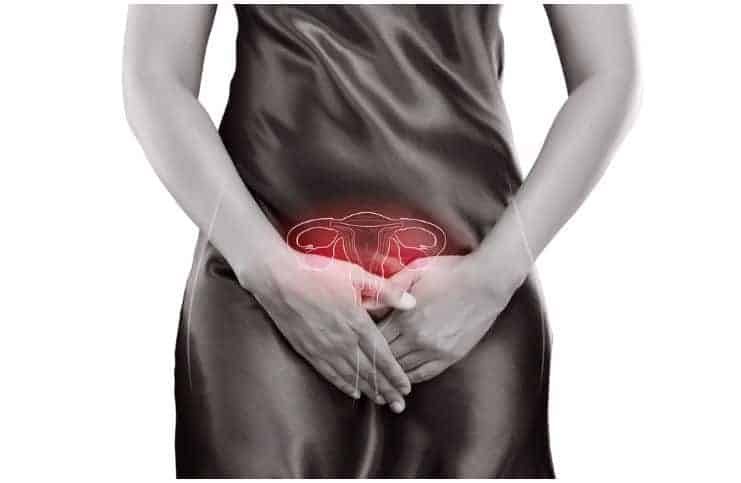Here are top interesting facts about chlamydia:
#1 It is a common sexually transmitted disease that can infect both women and men and is caused by infection with a genus of pathogenic bacteria called Chlamydia trachomatis.
#2 This infection is the most common STD in the US, with about 1.6 million cases reported per year. However, it is estimated that about twice that, 2.9 million cases, occur every year in the US.
#3 Women are infected with this bacterium twice as much as men, and approximately 66 percent of all patients are people between the ages of 15 and 24, according to a 2015 STD Surveillance Report. Infection rates are highest among younger women, mostly due to the fact that their immature cervical cells are more vulnerable to this bacterium, however, older age is not a protection.
#4 Other typical groups that show higher cases of this condition are African Americans, people who live in populated urban areas, and people who have a lower economic or social status.
#5 Europe is no exception, with approximately 400,000 infections reported in 2013 alone and about 3 million cases between 2004 and 2013. In the United Kingdom, this disease is most prevalent amongst 15 – 25-year-olds and about 1 in 20 sexually active women are infected with this bacterium.
#6 An estimated 114 million people worldwide contract this sexually transmitted disease every year, as per a study carried out by the World Health Organisation.
Symptoms
#7 The most frequent symptoms for women include:
- heavier periods than usual;
- bleeding between periods;
- bleeding after sex;
- pain during sex;
- pain in the pelvis or tummy;
- an unusual vaginal discharge which may have an odor;
- pain when urinating;
- itching around the vagina.
#8 The most frequent symptoms for men include:
- a thick, yellow-white discharge from the penis;
- a burning sensation during urination;
- itching around the opening of the penis;
- rectal pain.
#9 Occasionally, this bacterium can infect the eyes (and you may experience itching, redness, or discharge) and infections in the throat (which cause soreness).
#10 In approximately 70 percent of cases, this disease causes no symptoms at all. However, even when this STD does not produce symptoms, it can cause long-term complications in women. For instance, in the United States, it is estimated that undiagnosed STDs cause infertility in about 20,000 women per year.
#11 In women complications may include:
- ectopic pregnancy – the pregnancy develops in the fallopian tubes;
- infertility because of a damage to the fallopian tubes;
- painful swelling of one or more joints (reactive arthritis);
- having this STD during pregnancy can increase a woman’s risk of having a baby with low birth weight and of preterm labor;
- chronic pelvic pain and pelvic adhesions.
#12 For males who do have symptoms, complications include:
- a burning feeling during urination;
- discharge from the tip of the penis;
- men with this condition have 300 percent increased levels of DNA fragmentation in sperm.
Causes
#13 You can get this bacterium by having anal, vaginal, or oral sex with a partner who has this infection. Also, you can get it by sharing sex toys without covering them with a condom or wash them each time they are used.
#14 Touching genitals together may also transmit the bacteria. More importantly, an infected mother can spread this bacterium to her baby at the time of birth (only if is a natural childbirth).
Diagnosis
#14 The diagnosis can be done with 2 methods:
- A sample of the urine is analyzed in the laboratory and may indicate the presence of this bacterium.
- A cotton bud is wiped over the area which might be infected.
Treatment
#15 If you are diagnosed with this sexually transmitted disease, your healthcare professional will prescribe you oral antibiotics.
#16 Doxycycline (given as two capsules a day for seven days) or azithromycin (given as two or four tablets at once) are the most common treatments.
#17 Pregnant women can take amoxicillin, erythromycin, and azithromycin. The treatments work by stopping bacterial cells from creating proteins that help them spread, grow, and survive.
#18 Sufferers should wait for about seven days until the first signs of significant regression become obvious and up to 30 days for total relief.
#19 In most patients, the cure rate is approximately 95 percent. If you experience painful sex that doesn’t improve, see your healthcare professional as he may investigate for other possible causes of the pain.
#20 Your sexual partners need to be treated with antibiotics too.
#21 Some patients experience side effects during the antibiotic treatment which include – diarrhea, tummy pain, vaginal thrush (in women), and feeling sick.
Prevention
#22 Using dams and condoms during anal and vaginal sex creates a protective barrier from getting this bacterium, as well as other sexually transmitted diseases.
#23 Test your sexual partners before having sexual relations.
#24 Avoid sexual contact with high-risk partners.
#25 Limit your number of sex partners because having multiple sex partners puts you at an increased risk of contracting STDs.
Images credit – Shutterstock
READ THIS NEXT: Facts About Prader-Willi Syndrome
